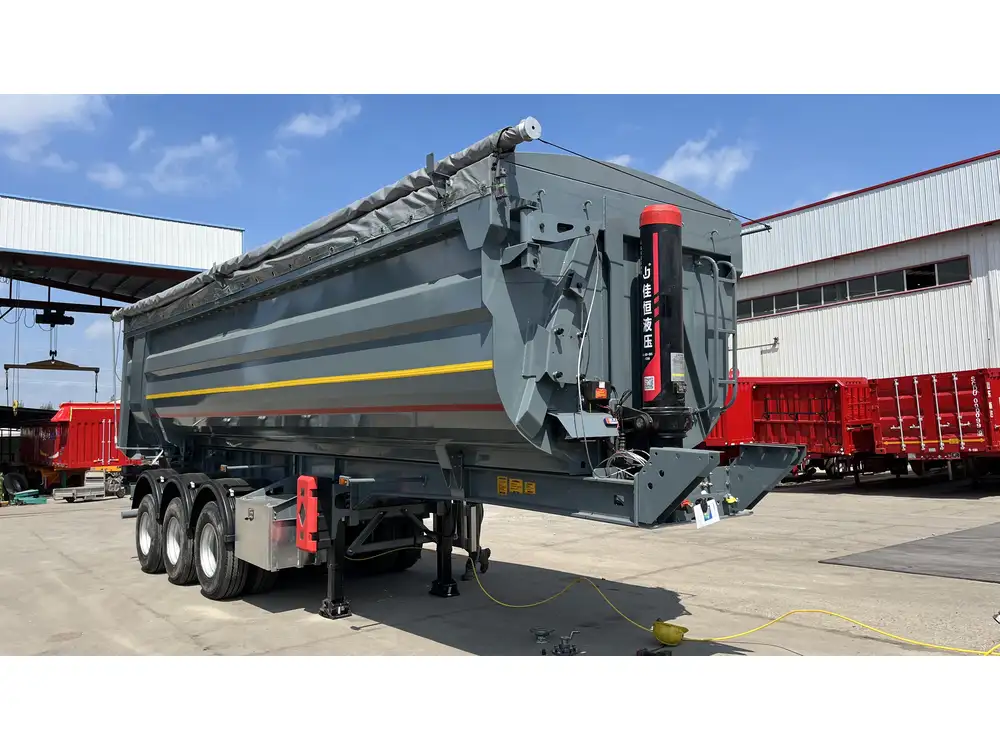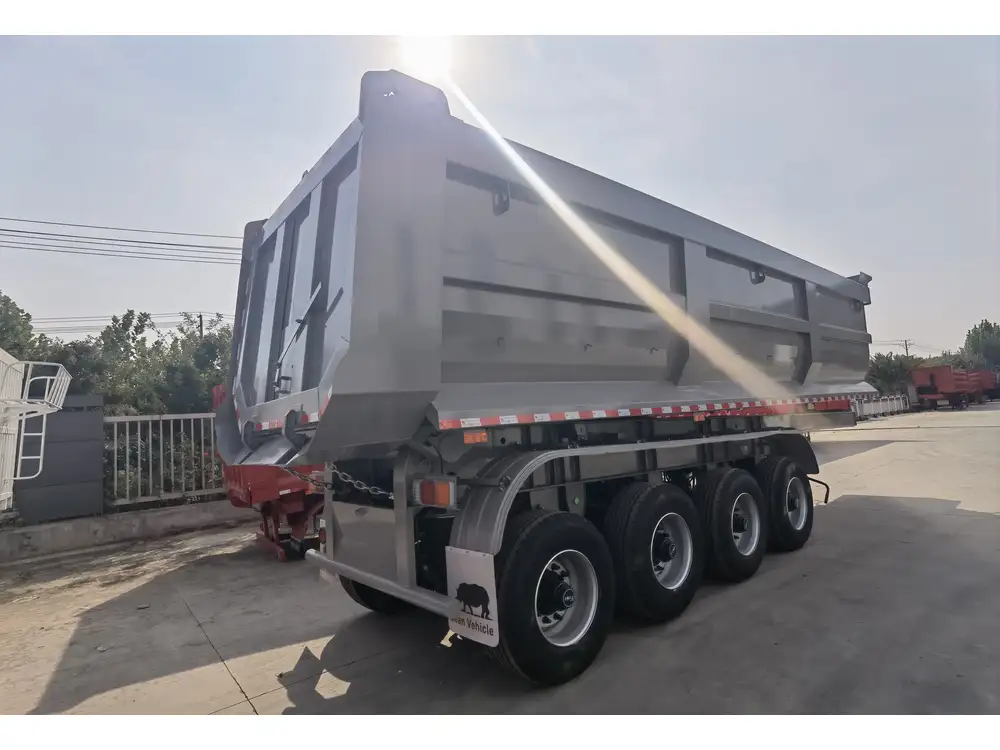When navigating the world of freight transportation, understanding the regulations and specifications of semi-trailers is essential, especially when operating in states like California. The width of a semi-trailer is not merely a number; it reflects a complex interplay of safety regulations, infrastructure compatibility, and industry standards. In this guide, we will dissect the nuances of semi-trailer widths, focusing on California’s regulations while offering insightful comparisons, tables, and essential considerations for manufacturers, fleet operators, and logistics professionals.
Understanding Semi-Trailer Dimensions
General Regulations for Semi-Trailers in California
California has specific regulations governing the dimensions of commercial vehicles, including semi-trailers. According to California law, the maximum width allowed for a semi-trailer is 102 inches (8.5 feet). This regulation aligns with federal standards but varies in terms of allowances for specialized vehicles. It is crucial to be aware of both maximum and minimum widths to ensure compliance.
| Dimension | Measurement |
|---|---|
| Maximum Width | 102 inches (8.5 feet) |
| Standard Width | 96 inches (8 feet) |
| Minimum Width (typically) | N/A (regulated by design) |

Special Considerations for Specialized Trailers
While the standard width for a semi-trailer is 102 inches, certain types of trailers may have different width regulations. For instance, wide-load trailers designed to transport oversized goods can exceed the standard dimensions, provided that they meet specific criteria and operating guidelines.
Examples of Specialized Trailers
- Flatbed Trailers: Often used for transporting heavy equipment and construction materials, these trailers can vary in width depending on the load.
- Reefer Trailers: Typically utilized for refrigerated freight, these trailers may have specific width restrictions to ensure the integrity of temperature-controlled loads.
| Trailer Type | Typical Width | Special Regulations |
|---|---|---|
| Flatbed Trailer | 102 inches (8.5 feet) | Must comply with load securement standards |
| Reefer Trailer | 96-102 inches | Must maintain refrigeration efficiency |
Key Factors Influencing Semi-Trailer Width

Roadway Compatibility
The infrastructure in California is designed to accommodate standard semi-trailer dimensions. Roads, bridges, and tunnels must be assessed for width limitations, making it crucial for operators to maintain compliance with established measurements.
- Urban Areas: Side streets may have narrower paths, influencing route planning.
- Rural Areas: Typically more accommodating, but still subject to width regulations.
Vehicle Stability and Safety
Understanding the width of a semi-trailer is vital not just for legal compliance but also for ensuring vehicle stability during transport. Wider trailers can potentially create more difficult handling scenarios, especially in adverse weather conditions.
Safety Considerations
- Turning Radius: Wider trailers require larger turning radii, affecting urban maneuverability.
- Load Distribution: Compliance with weight distribution regulations becomes critical with wider loads.

Compliance and Permitting
Obtaining Permits for Oversized Loads
For specialized trailers exceeding the customary dimensions, California requires operators to obtain permits for oversized loads. This process involves:
- Applying for a Permit: Understanding the required documentation and fees.
- Route Surveys: Ensuring the planned route can accommodate oversized vehicles.
- Safety Planning: Developing a comprehensive safety plan to manage risks associated with oversized transport.
| Permit Type | Details |
|---|---|
| Single Trip Permit | For one-time oversized loads |
| Annual Permit | For regular oversized transport |
| Temporary Route Permit | For specific routes only |
Consequences of Non-Compliance
Failing to adhere to width regulations can have serious repercussions, ranging from fines to vehicle inspection failures. Understanding the regulatory landscape in California is essential for avoiding legal pitfalls.

Best Practices for Fleet Operators
Regular Vehicle Inspections
Conduct routine inspections and assessments of semi-trailer dimensions to ensure compliance. Regular maintenance checks can identify potential discrepancies in measurements or safety features.
Training for Drivers
Investing in comprehensive training programs for drivers can enhance road safety and regulatory compliance:
- Awareness of Dimension Regulations: Ensures proper handling of oversized loads when necessary.
- Emergency Procedures: Equip drivers with strategies to manage challenges associated with wider trailers.

Route Planning
Utilize advanced route planning software that can consider vehicle dimensions for effective navigation. The ability to evaluate road conditions and regulatory restrictions helps fleets avoid complications.
Conclusion
Understanding the width regulations of semi-trailers in California is crucial for anyone operating in the freight and logistics industry. With maximum widths of 102 inches permitted, the nuances of compliance, safety, and specialized transport are essential considerations for manufacturers and operators alike.
By adhering to state regulations and employing best practices, fleet operators can navigate the complexities of semi-trailer logistics with confidence, ensuring smooth and compliant transportation across California’s roadways. As the landscape of transportation continues to evolve, remaining informed and proactive will fortify your position within the industry.



